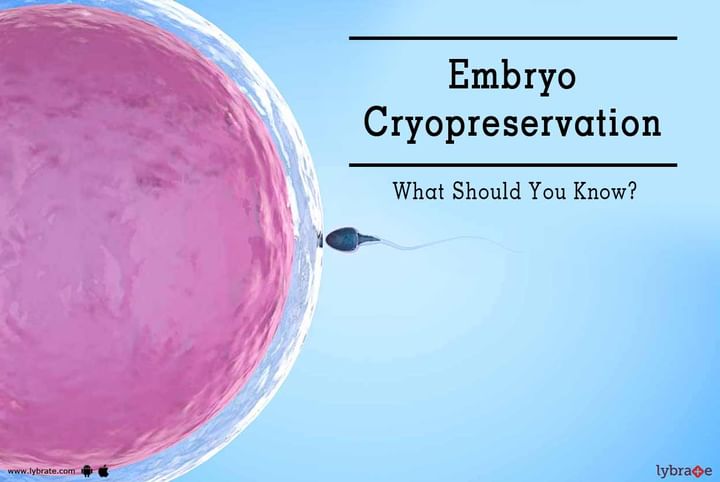Embryo Cryopreservation - What Should You Know?
Cryopreservation is usually performed as a component of in vitro fertilization, which also tends to include ovarian hyperstimulation, retrieval of egg and embryo transfer. With the frozen embryos available, a woman need not undergo stimulation through fertility drugs for having an embryo transfer during a cycle of infertility treatment. When sperm gets collected during microsurgery or through other means and being frozen for a subsequent cycle of IVF, additional surgery might well be avoided.
Embryo Cryopreservation
At the time of standard manner of treatment for infertility, hormones get used to stimulate the development of multiple eggs. Then, after those eggs are retrieved and fertilized in the laboratory, more embryos might be created than those, which could be transferred quite reasonably to the uterus of a woman. Now, when such extra embryos are of sufficiently good quality, they might get cryopreserved or in simple language, frozen, so that they could get transferred at some future date. Approximately in 25% of IVF cycles, embryo cryopreservation becomes possible, which in turn provides the opportunity to have an extra embryo transferred, without going through the inconvenience and bearing the expense of a full cycle of IVF.
Embryos may get frozen on Day 2 / Day 3 / Day 5 stage. We can freeze the embryos at the age of 40yrs also. One thing should be noted that not all embryos are the right candidates for cryopreservation. Unfortunate thing is that some embryos could well get damaged by cryopreservation and certain experiences have even shown that high-quality embryos are more likely to survive and become capable of getting developed further after freezing, than other types of embryos. Embryos, which divide slowly or are somehow irregular in other ways, do not perform well after cryopreservation, hence do not get frozen. These problems generally tend to arise among older women, so cryopreservation is normally not a recommended option for patients around the age of 40 and older.
Once the embryos are placed in a cryoprotectant solution, they are made to freeze in a computer-controlled device, which is specifically designed for embryo cryopreservation. Embryo storage for a long-term basis takes place in liquid nitrogen at a temperature of -320 degree Fahrenheit.
Embryos that are cryopressed, get replaced either during a natural menstrual cycle or in case of a hormonally controlled cycle. A reasonable amount of care is taken to minimize the possibility of damage caused as a result of cryopreservation. Now, depending upon the stage of embryo during the time of freezing, around 60 and 90% survive this process of freezing. The rate of pregnancy after those embryos get transferred is quite similar to that of those, when embryos are fresh.
Extended amount of storage in liquid nitrogen does not have any effect on an apparent basis on their viability. The embryos which get frozen after numerous years of cryostorage perform equally well as those which are frozen for only a couple of months.
Since the year of 1983, the procedure of cryopreservation has lead to the birth of thousands of babies on a worldwide basis. Though this has been used on an extensive basis, yet there have not been any report of any kinds of increase in birth defects due to cryopreservation.



+1.svg)
